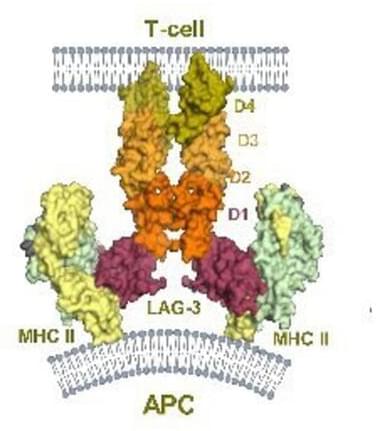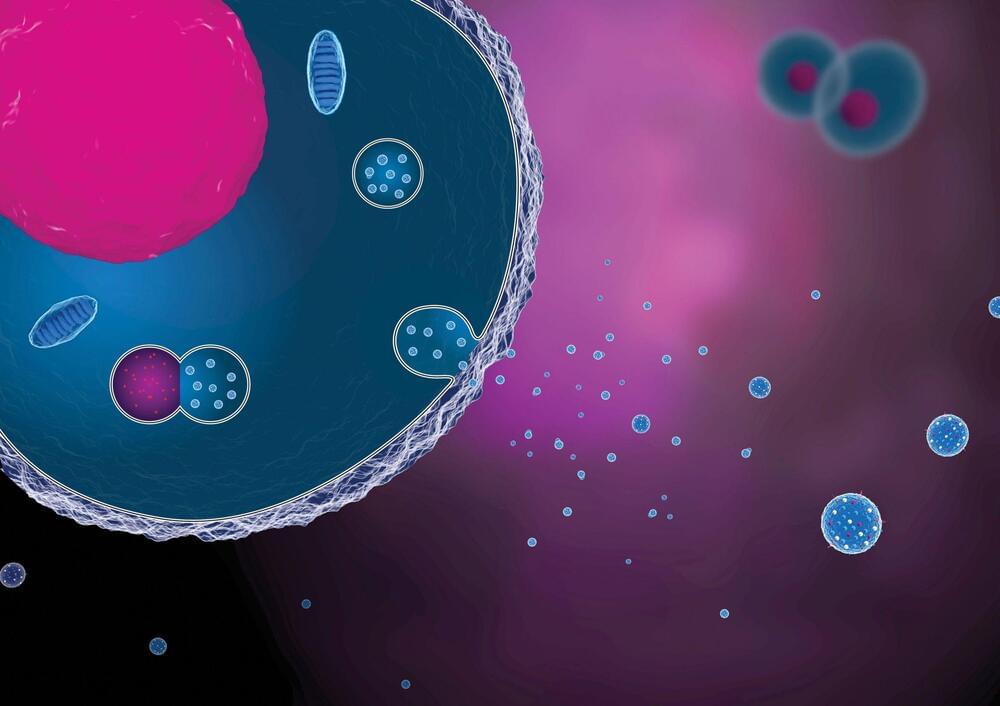This study explores the development of Group-IV semiconductor lasers for cryogenic applications, demonstrating continuous-wave operation at low current densities and highlighting the potential for integration into silicon-based photonic systems.


What do we think?
The latest AI News. Learn about LLMs, Gen AI and get ready for the rollout of AGI. Wes Roth covers the latest happenings in the world of OpenAI, Google, Anthropic, NVIDIA and Open Source AI.
My Links 🔗
➡️ Subscribe:
➡️ Twitter: https://twitter.com/WesRothMoney.
➡️ AI Newsletter: https://natural20.beehiiv.com/subscribe.
#ai #openai #llm

Southeast Asia’s emerging economies are vying to become a top AI hub — a race that has them both coming together and, quietly, battling among themselves.
The Association of Southeast Asian Nations (ASEAN), made up of 10 countries with a combined population of 672 million people, already has some advantages when compared to Europe or the U.S.
With over 200 million people aged 15 to 34, the region’s youthful and largely tech savvy populations make the region adaptable to future technological advances. That, combined with government support for accelerating AI in the region, could deliver substantial rewards for local workers.

Author(s): Jesus Rodriguez Originally published on Towards AI. Created Using IdeogramI recently started an AI-focused educational newsletter, that already has over 170,000 subscribers. TheSequence is a no-BS (meaning no hype, no news, etc) ML-oriented newsletter that takes 5 minutes to read. The goal is to keep you up to date with machine learning projects, research papers, and concepts. Please give it a try by subscribing below:


Facebook, Instagram, Threads, and WhatsApp suffered a massive worldwide Wednesday afternoon, with services impacted in varying degrees based on user’s region.
According to DownDetector, the outage occurred at approximately 12:40 PM ET, with many users unable to access the services through the websites and apps or send messages through WhatsApp.
When users attempted to access Facebook, they were greeted with errors stating, “Sorry, something went wrong. We’re working on getting this fixed as soon as we can.”

Australian-led research is unlocking new ways for immunotherapy to better target cancer. Cancer immunotherapy has revolutionized treatment for patients, whereby the body’s own immune system is harnessed to destroy cancer cells.
Typically, several molecules restrain the ability of T cells to target cancer cells and developing approaches to limit this restraining effect can lead to improved effectiveness of cancer immunotherapy.
Research published in Science Immunology has determined the structure of how an inhibitory molecule, LAG3, interacts with its main ligand and provides a new targeted approach to improving the effectiveness of immunotherapy for certain forms of cancer.
RAVEN (Robotic Avian-inspired Vehicle for multiple ENvironments) (Image: © Alain Herzog CC BY SA) EPFL researchers have built a drone that can walk, hop, and jump into flight with the aid of birdlike legs, greatly expanding the range of potential environments accessible to unmanned aerial vehicles.

The new study focused on Wnt7a, a protein essential for development, growth, regeneration, and cancer. “Researchers have been trying for years to turn Wnt7a into a muscle regeneration drug, but it is very difficult to deliver Wnt7a throughout the body, since it is covered in fatty molecules that don’t mix well with body fluid,” said first author Uxia Gurriaran-Rodriguez, PhD, Center for Cooperative Research in Biosciences (CIC bioGUNE).
Wnt7a was identified as a long-distance signaling molecule found on the surface of exosomes following muscle injury. Due to its many hydrophobic components, it was necessary to isolate smaller portions of the Wnt7a protein to determine the smallest functional segment required for attachment to an exosome. Through selective deletion of various components of Wnt7a, the team found the smallest functional segment needed for exosome binding.
This segment turned out to be an 18-amino-acid sequence, which the team termed Exosome Binding Peptide (EBP). The team found that “addition of EBP to an unrelated protein directed secretion on extracellular vesicles.” EBP binds to coatomer proteins, proteins that coat membrane-bound transport vesicles, on exosomes, and through follow-up structural experiments, the team determined this is a conserved function across the Wnt protein family. EBP can be used to direct other proteins to exosomes, effectively allowing for targeted delivery of exosomes and their contents.

Scientists from the Kavli Institute of Delft University of Technology and the IMP Vienna Biocenter have discovered a new property of the molecular motors that shape our chromosomes. While six years ago they found that these so-called SMC motor proteins make long loops in our DNA, they have now discovered that these motors also put significant twists into the loops that they form.
These findings help us better understand the structure and function of our chromosomes. They also provide insight into how disruption of twisted DNA looping can affect health—for instance, in developmental diseases like “cohesinopathies.” The scientists published their findings in Science Advances.
Imagine trying to fit two meters of rope into a space much smaller than the tip of a needle—that’s the challenge every cell in your body faces when packing its DNA into its tiny nucleus. To achieve this, nature employs ingenious strategies, like twisting the DNA into coils of coils, so-called “supercoils” and wrapping it around special proteins for compact storage.